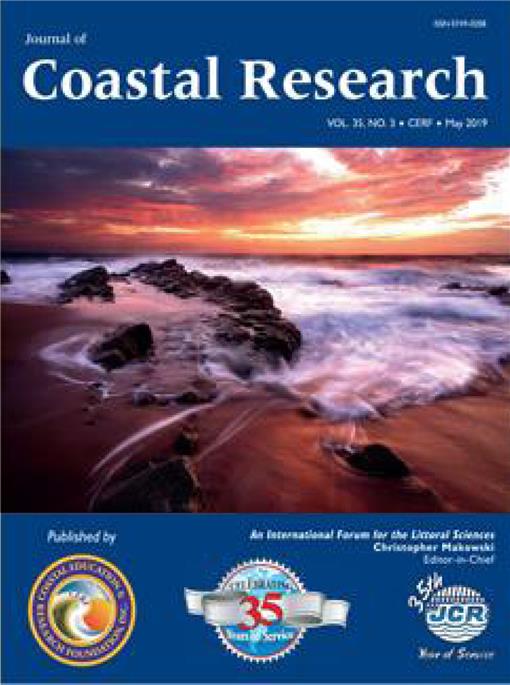Amos, C.L.; Christian, H.; Buckley, D.E., and Daborn, G.R., 2019. The stability, settling character, and strength of seabed sediments in the Miramichi estuary, Canada. Journal of Coastal Research, 35(3), 509–523. Coconut Creek (Florida), ISSN 0749-0208.
A survey of seabed stability was undertaken in the Miramichi estuary, New Brunswick, Canada: a region subject to intense industrial pollution, channel dredging and maintenance, and the passage of commercial ships. The estuary has a diverse fauna that has been described. The impact of natural and industrial activities on the indigenous fauna is largely unknown. Reworking of dredge spoil tailings has been considered the main cause of sediment dispersal in the system, yet there have been no direct measurements of this. As a result, a study was undertaken to determine the character and stability of dredge spoils and the natural estuarine sediments in which they sit, using the benthic flume Sea Carousel over the years 1991, 1993, and 1994. As well, a limited program of seabed and water column sampling and monitoring was undertaken using a variety of techniques in order to provide a setting for the measurements of stability. Results showed that tidal influence on resuspension was small compared with storm (and ship) waves and other “events” that appeared to be anthropogenic in origin. The erosional and depositional character of natural (control) sites were similar to those from other estuaries described in the literature despite the strong anthropogenic influences. Surprisingly, the strength of disposed dredge spoils (collected using a clam-shell bucket) was similar to the natural sediments at the control site, even after only a few hours of disposing. The stability of the disposed material did not change measurably after 1 year. The erosion flux (E) was found to be a power function of the excess bed shear stress: E = 1.9 × 10-3(τ0 – τc,z)0.71 kg/m2/s. The settling of eroded material took place as aggregates at a mean rate of 1.1 × 10-3 m/s, which corresponds to a mean sedimentation diameter of 75 microns (very fine sand). The fluid mud potential of the system is low: laboratory settling experiments showed that suspended silts/clays underwent free settling at a rate proportional to initial concentration to a maximum concentration of 18 g/L; hindered settling (and fluid mud development) was evident above this value.





